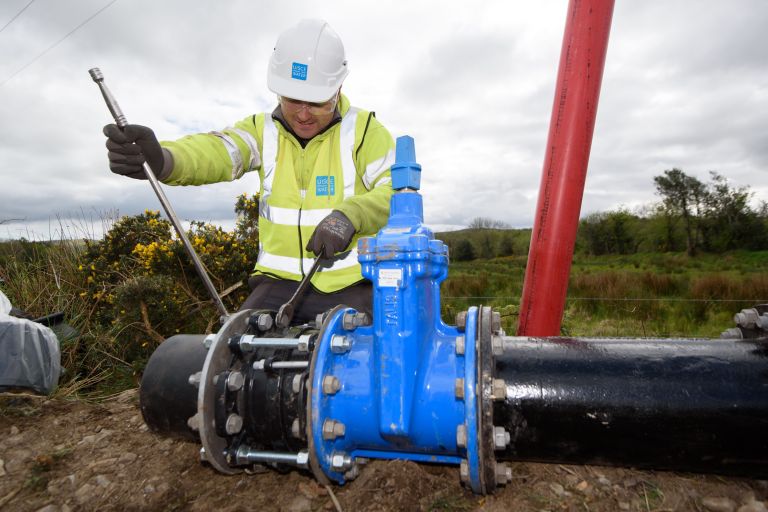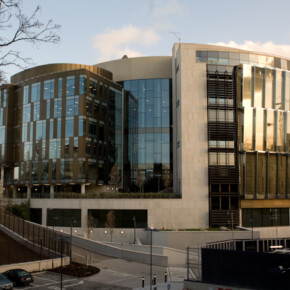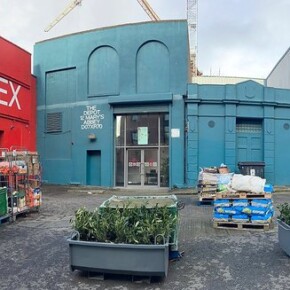Irish Water to begin works on major infrastructure project at Ballycoolin
Gary Ibbotson 15 Mar 2021
Irish Water is set to begin construction on a major infrastructure project in North Dublin, on the Ballycoolin trunk watermain.
In conjuncture with Fingal County Council, the project involved construction of an additional watermain between Ballycoolin Reservoir and Swords, “that will help safeguard the water supply to homes, businesses, hospitals and farms in North Dublin,” according to Irish Water.
Construction of the second trunk watermain will start in the coming weeks and is expected to take approximately two years to complete.
Speaking about the initiative, Minister for Housing, Local Government and Heritage Darragh O’Brien said: “The construction of this key piece of infrastructure demonstrates how Irish Water, working in partnership with Fingal County Council, is delivering infrastructure that is critical for our communities and our economy.
“The delivery of this project will support existing and future residential and commercial development in the Greater Dublin Area and is one of a number of water projects being delivered in the GDA.”
Brian Sheehan, head of asset delivery, Irish Water said: “Irish Water is working to support social and economic growth in Ireland through the delivery of essential water and wastewater services.
“The size and scale of the task to improve water services for a modern growing economy shouldn’t be underestimated.
“We have made significant progress but there is work still to do as we continue to build world class water infrastructure through our multi-billion programme of investment.
“This project will provide North Dublin with the infrastructure needed to support the building of houses and schools; to attract new industry and to allow companies to expand and grow.
“It is one of a portfolio of water projects that we are delivering to safeguard the water supply to homes and businesses right across the GDA.
“The challenge to provide water supply to match demand in the GDA remains critical and daily demand is very close to the amount of water we can produce at the moment.”











